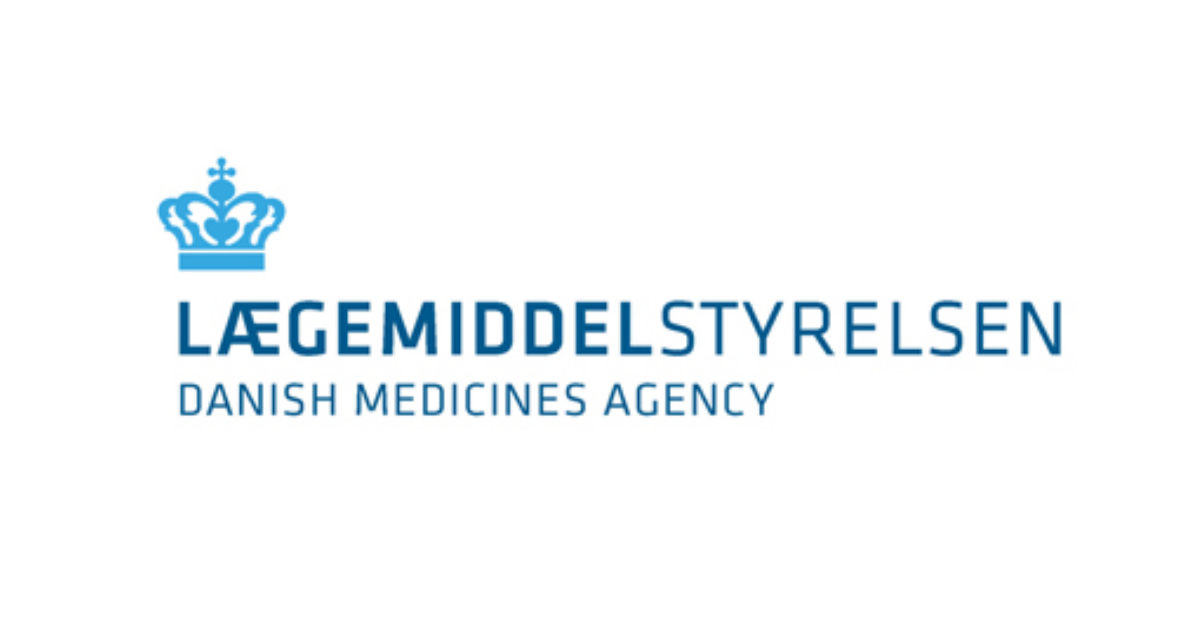Childhood vaccines
The Danish childhood immunisation programme is offered free of charge to all children and includes vaccination against ten infectious diseases.
- The Danish Health Authority recommends the diseases children should be vaccinated against to the Danish Ministry of the Interior and Health.
- The Ministry of the Interior and Health determines which vaccinations should be offered free of charge under the programme and to whom.
- Statens Serum Institut is responsible for the supply of vaccines in Denmark and for monitoring the coverage and adherence to the childhood immunisation programme.
- The Danish Medicines Agency and the European Medicines Agency (EMA) authorise the vaccines and monitor the safety of the vaccines after they are marketed.
Vaccines in the Danish childhood immunisation programme
The Danish childhood immunisation programme includes vaccination against the following diseases: Diphtheria, tetanus, pertussis, polio (infantile paralysis), meningitis and epiglottitis caused by Haemophilus influenzae type b (Hib), meningitis and other serious diseases caused by pneumococci, measles, mumps, rubella as well as cervical cancer and anal cancer caused by infection with human papillomavirus (HPV).
The Danish Medicines Agency’s monitoring of the safety of the vaccines
Possible adverse drug reactions from the vaccines in the childhood immunisation programme are monitored closely. The Danish Medicines Agency monitor the safety of the vaccines in close collaboration with the European Medicines Agency (EMA) and the drug regulatory authorities in the other EU/EEA countries.
Both healthcare professionals and citizens can report suspected adverse drug reactions directly to the Danish Medicines Agency. A suspicion is enough to submit a report. You can send a report if you suspect that the symptoms may be caused by a vaccine – you do not have to be sure that there is a causal relationship. The Danish Medicines Agency register all reports of suspected adverse drug reactions in a database of adverse drug reactions.
The reporting of a suspected adverse drug reaction does not necessarily mean that there is a documented causal relationship between the medicinal product used and the reported adverse drug reaction. When the Danish Medicines Agency assesses reports of suspected adverse drug reactions, one of the things we look at is whether there is a greater likelihood that other diseases or circumstances can explain the symptoms.
The Danish Medicines Agency continuously monitors and assesses the reported suspected adverse drug reactions to detect safety signals of new or changed risks of the vaccines. This may be potential new (previously unknown) adverse drug reactions or potential new aspects of known adverse drug reactions, e.g. that a known adverse drug reaction occurs more frequently or is more severe than expected.
If the Danish Medicines Agency detects a new safety signal, this will be presented to the Pharmacovigilance Risk Assessment Committee (PRAC), which initiates a comprehensive evaluation of the new safety signal. If the evaluation confirms a new or a changed risk of the vaccine this can for instance result in a change in the product information of the vaccine (package leaflet and summary of product characteristics). The Danish Medicines Agency sends reports of suspected adverse reactions concerning vaccines to the European database of adverse reactions (the EudraVigilance database) at the European Medicines Agency (EMA). The pharmaceutical company that produces the medicine, the EMA, the national competent authorities in the EU/EEA countries, and the European Commission have access to the data in the EudraVigilance database for drug safety monitoring purposes.
The EMA sends information from the Eudravigilance database to the WHO. The WHO runs a pharmacovigilance programme and maintains a global register of reports of adverse reactions from medicinal products.
Known adverse drug reactions
The known adverse drug reactions from the vaccines are described in the product information (package leaflet and summary of product characteristics) of the individual vaccines.
The information about adverse drug reactions describes in the product information is based on clinical trials, that form the basis for the approval of the vaccines, as well as adverse drug reactions reported after the approval and use of the vaccines. As experience with the vaccines is gained worldwide updates of the adverse drug reactions described in the product information of the vaccines may occur.
Consequently, it is relevant to keep updated about any changes to the product information.
You can report adverse drug reactions in humans from medicines and vaccines on our website.
Free access to interactive overviews of all reported adverse reactions from medicines and vaccines in Denmark
On the Danish Medicines Agency’s website you can search for all reported suspected adverse drug reactions in the Interactive Adverse Drug Reaction overview made available by the Danish Medicines Agency.
In the Interactive Adverse Drug Reaction overview, you can select search filters, e.g. age, year, gender and seriousness. Moreover, you can search for reports submitted by either healthcare professionals or patients and relatives.
If you want to search for reported suspected adverse drug reactions related to the vaccines in the childhood immunisation programme, search for the individual vaccine components; e.g. search for human papillomavirus to find information about the HPV vaccine, and for information about the MMR vaccine protecting against three childhood diseases, search for each individual disease, e.g. rubella virus.
